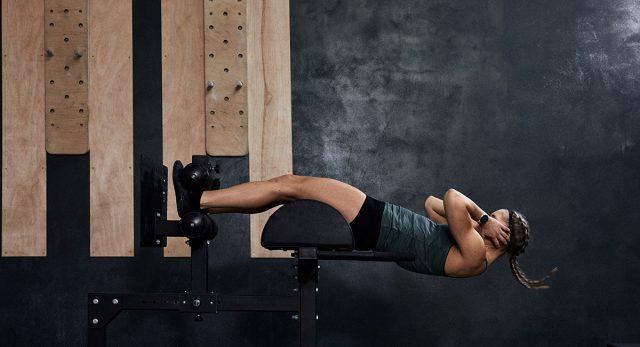Remember when Forrest Gump said, “I just felt like running?” Well, what he really meant was, “I just felt like doing some steady-state cardio training”.
That’s essentially what steady-state cardio is: An easy-to-moderate paced effort without any drama, pushes, recoveries, or complications.
“Steady-state cardio is training at an ‘endurance pace’ – a continuous, steady, moderate effort that is sustained for an extended period of time,” says Chris Mosier, an All-American duathlete, Hall of Fame triathlete, Team USA athlete, and CPT-certified personal trainer.
“It’s done at a fixed level of intensity, ideally about a 6 out of 10 on a perceived exertion scale where 10 is an all-out effort. So that’s roughly 65–70% of your max heart rate.” In other words, steady-state training is the opposite of high-intensity interval training.
So, while HIIT workouts may get all the glory, including steady-state training in your routine is crucial. (You can’t reap the benefits from the tough days if you don’t also incorporate time to rest, recover, and take it a little easier.)
Here are the benefits of steady-state cardio workouts and the case for adding them to your workout mix.
1. It’s beginner-friendly
“Steady-state training is great for beginners establishing a workout routine,” says Mosier. “Let’s face it: HIIT is tough. And while HIIT may have a better reputation for fast results, it can also be a more difficult routine to maintain for people just getting started with an exercise program.”
Steady-state exercise still provides those feel-good endorphins, and it’s enjoyable without offering up too much discomfort
Steady-state exercise still provides those feel-good endorphins, and it’s enjoyable without offering up too much discomfort. “If you don’t yet have the endurance, mobility, or speed for high-intensity workouts, steady-state exercise is a great option,” says Mosier.
2. It promotes recovery
“In order to get the best results from our training, we need to adequately recover,” says Mosier. “Back-to-back HIIT sessions can tax the body, and too many of these sessions could put us at risk for injury, excess fatigue, and not seeing the results we’d like to see.”
3. It’s a great endurance booster
“Steady-state training allows us to improve our endurance and conditioning without too much stress,” says Mosier. “It makes us more efficient machines”. Mosier trains his athletes to look forward to steady-state workouts as the ones that “build the aerobic engine.”
4. It allows for variety in your training plan
“Athletes who train sport-specific year-round are missing the physical and mental benefits of cross-training,” says Mosier. “Cross-training for endurance athletes has come to mean strength training, but more broadly it means training outside of your sport. There are huge benefits for runners to hit a steady-state pool session, cyclists to use a stair stepper, or triathletes to do steady-state rowing.”
Steady-state workouts are cardio-based, calorie-burning, endurance-boosting exercises
Steady-state training isn’t for getting fast, Mosier adds. “If you’re an athlete who only trains going long and slow, you’re going to get really good at going long and slow,” he says.
“Steady-state training for athletes looking to go faster in their sports should be used as supplementary sessions in addition to speed work and speed-focused training.” (Steady-state sessions also shouldn’t take the place of strength training. Steady-state workouts are cardio-based, calorie-burning, endurance-boosting exercises – not pure strength builders.)
5. It can be social
“Steady-state training is done at ‘chat pace,’ which is a pace where you can still have a conversation,” says Mosier. “That makes it ideal for training with friends and satisfying your social needs while improving your fitness.”
If you liked this post, don’t forget to share so that others can find it, too.
Or give it a thumbs up!
I like this article
Please note that the information provided in the Polar Blog articles cannot replace individual advice from health professionals. Please consult your physician before starting a new fitness program.






